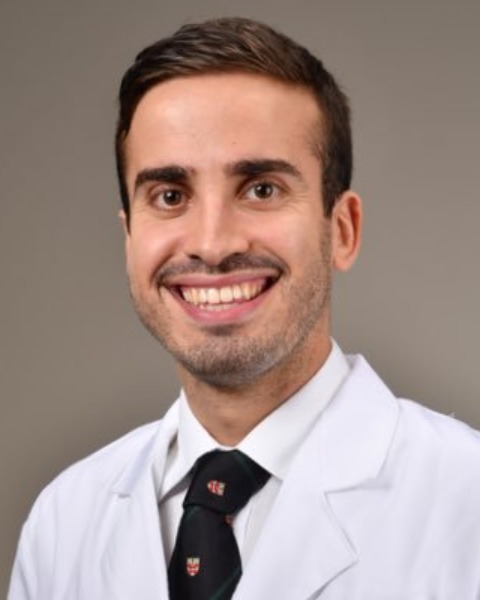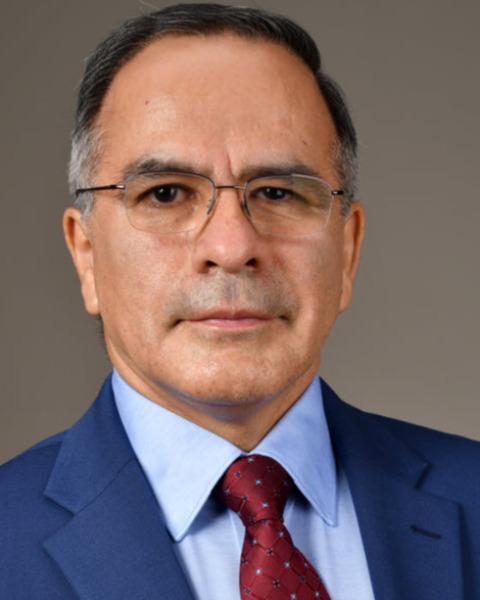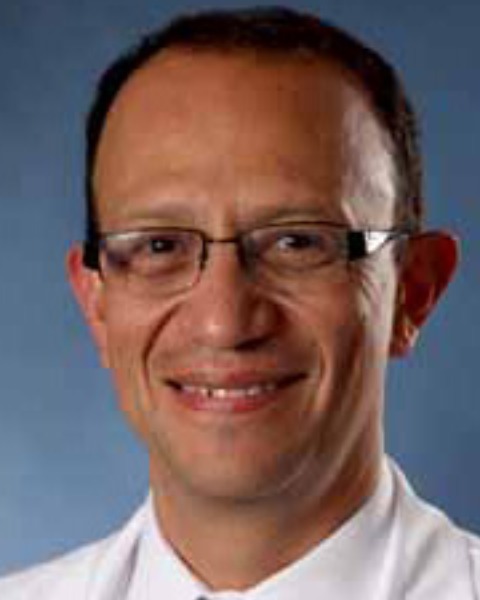Poster Session 2
(593) Suboptimal Fetal Lung Growth After Fetal Endoluminal Tracheal Occlusion in Congenital Diaphragmatic Hernia: Clinical Characteristics

Percy N. Pacora-Portella, MD, MPH (he/him/his)
Associate Professor
Division of Fetal Intervention, Dpt Obstetrics,Gynecol and Reprod Sciences, McGovern Medical School at UTHealth Houston
Houston, TX, United States- MA
Mary T. Austin, MD, MPH
Pediatric Surgeon
Department of Pediatric Surgery, McGovern Medical School at UT Health Houston
Houston, Texas, United States 
Sami Backley, MD
Clinical Fellow PGY 9
Division of Fetal Intervention, Department of Obstetrics, Gynecology and Reproductive Sciences, McGovern Medical School at UTHealth Houston
Houston, Texas, United States
Eric P. Bergh, MD
Associate Professor
Nemours Children's Health
Wilmington, Delaware, United States- AE
Ashley Ebanks, MSN, RN
Clinical and Research Coordinator
Comprenhensive Center for CDH Care. Department Pediatric Surgery. McGovern Medical School. UTHealth Houston
Houston, Texas, United States 
Jimmy Espinoza, MD, MSc
Professor
Division of Fetal Intervention, Department of Obstetrics, Gynecology and Reproductive Sciences, McGovern Medical School at UTHealth Houston
Houston, Texas, United States- MH
Matthew T. Harting, MD, MS
Associate Professor
Division of General & Thoracic Pediatric Surgery.McGovern Medical School.UTHealth Houston
Houston, Texas, United States 
Edgar A. Hernandez-Andrade, MD, PhD (he/him/his)
Professor
McGovern Medical School at UTHealth Houston
Houston, Texas, United States- KH
Katrina S. Hughes, MD
Assistant Professor
McGovern Medical School. UThealth Houston
Houston, Texas, United States - SL
Suzanne Lopez, MD
Professor
McGovern Medical School. UTHealth Houston
Houston, Texas, United States 
Ramesha Papanna, MD, MPH
Professor
McGovern Medical School at UTHealth Houston
Houston, Texas, United States
KuoJen Tsao, MD
Professor
McGovern Medical School at the University of Texas Health Science Center at Houston (UTHealth) University of Texas Health Science Center
Houston, Texas, United States.jpg)
Anthony Johnson, DO
Professor
McGovern Medical School University of Texas Health Science Center at Houston (UThealth)
Houston, Texas, United States
Submitting Author and Presenting Author(s)
Coauthor(s)
Suboptimal fetal lung growth (SFLG) affects cases that undergo Fetoscopic endoluminal tracheal occlusion(FETO) in severe left-sided congenital diaphragmatic hernia (L-CDH).We describe the demographic and clinical characteristics of SFLG and optimal fetal lung growth (OFLG) after FETO
Study Design:
Singleton pregnancies with isolated L-CDH,defined as observed-to-expected lung-to-head ratio (O/E LHR) < 25% and normal chromosomes, underwent FETO under an IRB- and FDA-approved clinical trial protocol (NCT02596802) at the UTHealth Houston Fetal Center from 2015-2024. The FETO balloon insertion was scheduled at 27-30 weeks' gestation (wGA),and balloon removal at 34-35-wGA.Observed-to-expected total fetal lung volume (O/E TFLV) was measured by MRI before and 3 weeks after FETO, and percent changes from pre- to post-FETO MRIs were calculated.Descriptive, analytical statistics and (ROC) curve analysis associating metrics with neonatal survival and the need for extracorporeal life support (ECLS) were performed via R interface(jamovi.org).
Results:
19 pregnant women were enrolled, 4 children died, 2 cases did not undergo the post-FETO-MRI, 2 cases died before surgical repair.Area under the ROC curve(AUC) of O/E TFLV for the prediction of survival and not need for ECLS were 0.974, and 0.729, respectively.The best cut-off for identification of SFLG was an increase of < 12.8% of O/E TFLV 21 days post-FETO with a sensitivity of 92.3% and specificity of 100% to predict childhood mortality at hospital discharge.An increase of ≥ 12.8 % of TFLV(OFLG) had a sensitivity of 90% and specificity of 57.1% to predict children that do not require ECLS. Demographic and maternal characteristics were not different between SFLG and OFLG(Table 1). SFLG had lower O/E TFLV and O/E LHR three weeks post-FETO,and was associated with a lower frequency of surviving hospital discharge than OFLG(Table 2).
Conclusion: SFLG,characterized by decreased lung volume, is associated with a lower survival than optimal fetal lung growth.

